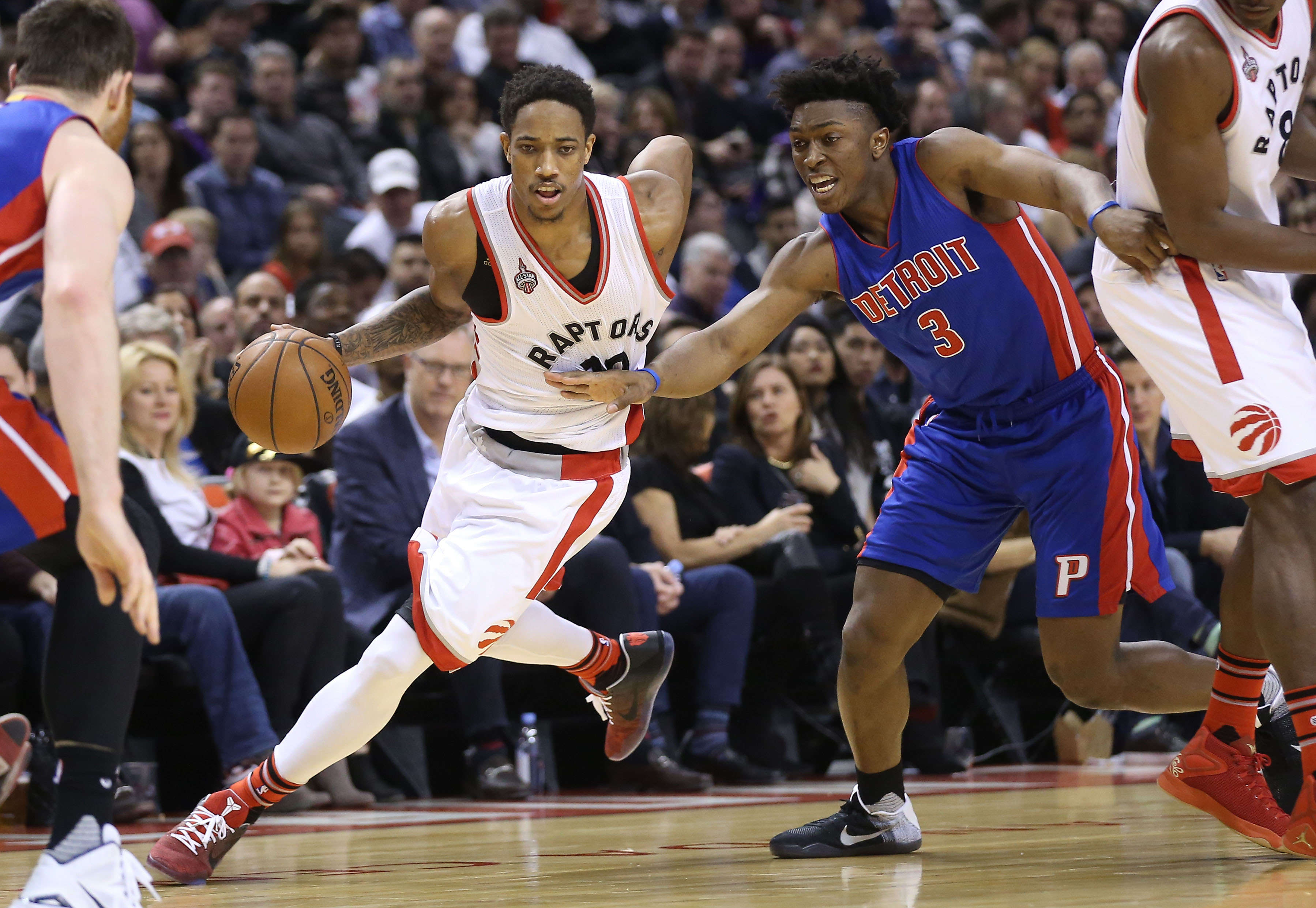DeMar DeRozan has re-introduced himself as an All-Star this year and, through earning that well-deserved honor, a few notable pet plays the Toronto Raptors run for him have become apparent. While some may believe that Dwane Casey and the Raptors do nothing but call Isolation plays, I would like to shed some light on the some of the more frequent play calls for the two-time All Star.
Chin Pick and Roll
For the uninitiated, it might seem weird that one of the more frequent plays for DeRozan is a pick and roll set. However, for those who have paid attention this year, it should come as no surprise that DeRozan ranks as the most efficient pick and roll ball handler not named “Steph Curry.” ¹ More than 25 high volume ball handlers fit the 300+ possession volume criteria, yet DeRozan is the only one in the elite company next to Curry in relation to efficiency.
A set that beautifully illustrates his emergence as a pick and roll ball handler is the Chin Pick and Roll (PnR), which comes from the Princeton offense.
The play starts with Lowry (1) initiating the action in the middle of the floor. Scola (4) will set a down for DeRozan (2) to free him up for a pass from Lowry. Lowry then runs off a screen without the ball from Valanciunas (5).
This is to engage both Valanciunas and Lowry’s defenders when there is no actual threat yet. Lowry will continue to run to the weak side corner to spread out the defence and allow for driving lanes.
Valanciunas will continue up the middle of the floor to set an on ball screen for DeRozan who engage in the primary action of the set, a high pick and roll. The 4 man will step out to the three point line while the 3 will shift upwards and fill space accordingly while DeRozan drives to the rim.
X’s & O’s
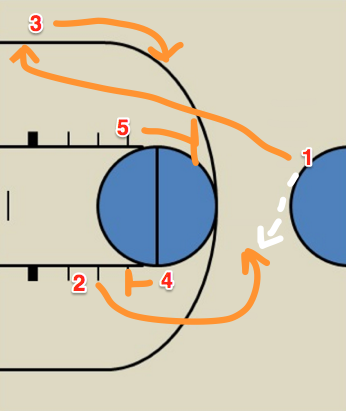
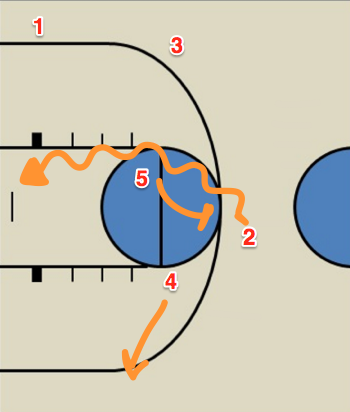
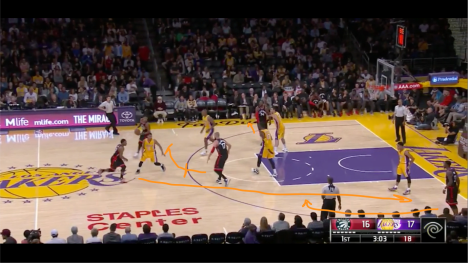
A wrinkle the Raptors will sparingly use is to have Lowry as a secondary screener with Valanciunas instead of spacing out to the corner.
They generally only do this once the the initial set has been run once or twice and DeRozan is having difficulty creating space against aggressive defenders. To make up for Lowry not spacing out to the weak side corner, the Raptors will send their 4-man, typically Luis Scola, to said corner after he sets DeRozan’s down screen.
AI Series
The next set to cover is DeRozan’s role in the Raptors’ AI Series. AI refers to a cut where an off ball player will cut from one wing, across the foul line, to the other wing while receiving screens at each elbow. It was popularized by – you guessed it – Allen Iverson, during his time in Philly.
When this set is utilized to get DeRozan the ball, it’s generally to capitalize on defenders who are willing to follow DeRozan over screens and trail behind him.
When this occurs, DeRozan’s ability to get to the rim is almost unmatched. The trailing defender almost always gets stuck on DeRozan’s hip while he cuts back into the middle of the floor and drives to the basket, where he is a premier finisher and draws fouls at an elite rate.
In the instances where defenders go under these screens, DeRozan shows poise to give a fake towards the baseline to shift their momentum downwards, at which point DeRozan will burst the other way and utilize an on ball screen in which he is given the middle of the floor, a no-no for most defense’s pick and roll coverages.
X’s & O’s
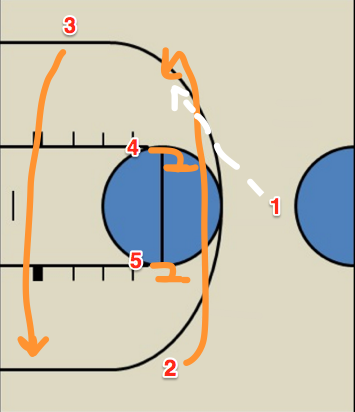
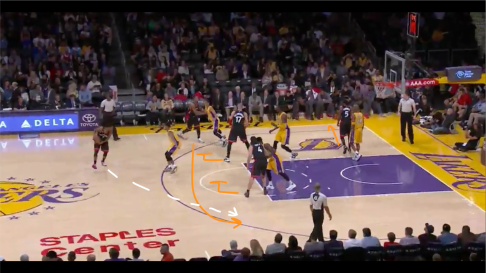
Horns Triple
Another commonly used play for DeRozan comes out of “Horns” formation. The play is simple in nature, as it has a point guard make an entry pass to the elbow, run to the strong side corner, set a screen for DeRozan, who comes off that screen as well as receives a DHO (Dribble Hand Off) and take one last screen from the other elbow.
The beauty of this set for DeRozan is that it puts him in position to make decisions based on how the defense reacts and prepares for him. When the defense goes under every screen without sending extra help, DeRozan rises for one of his infamous mid range jumpers.
Most defenses don’t just give up uncontested jumpers and the more aggressive ones will hedge on that screen or send a second defender. DeRozan is a more mature ball handler than he was a few years ago and is able to string the defense out and find the open man easily.
DeRozan and Luis Scola have found a nice chemistry with one another and have paired up for a couple of backdoor cuts when the defense overplays DeRozan to the screen.
X’s & O’s
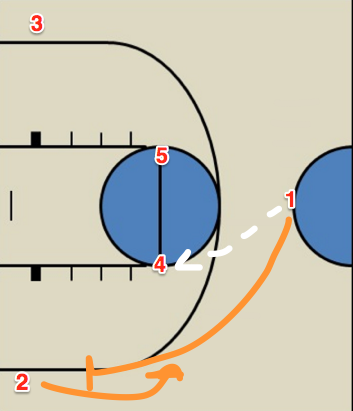

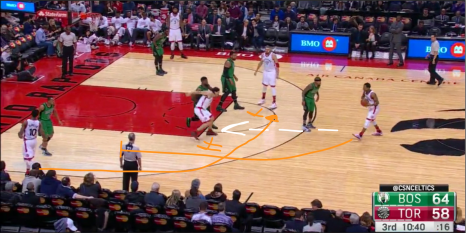
Rip Seal
Lastly, this is one of the Raptors’ patented sets for DeMar over the past few years. Him and Amir Johnson built beautiful chemistry on this action, but the bigs on the current roster have filled in amicably since Johnson’s departure.
“Rip” refers to the interaction between DeRozan and the screener, in which is typically used to get a quick look at the rim from the unassuming defender that runs into the screen, leaving DeRozan unattended at the hoop. “Seal” refers to what DeRozan does to his defender on the block.
This play is used to isolate DeRozan against an advantageous matchup in the post, where his ability to either fade away or bully to the rim both are both put on display.
When DeRozan is unable to seal his defender on the block because they aggressively front him, the entry passer will send the ball back to Lowry. DeRozan will then re-utilize the screener and will work his shot off the pindown/flare screen or get to the rim.
X’s & O’s
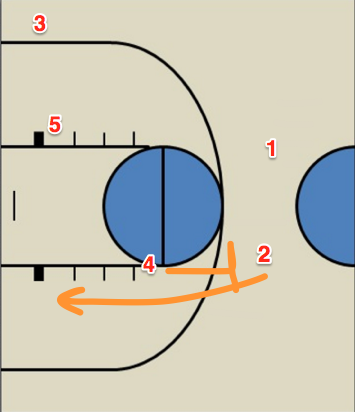
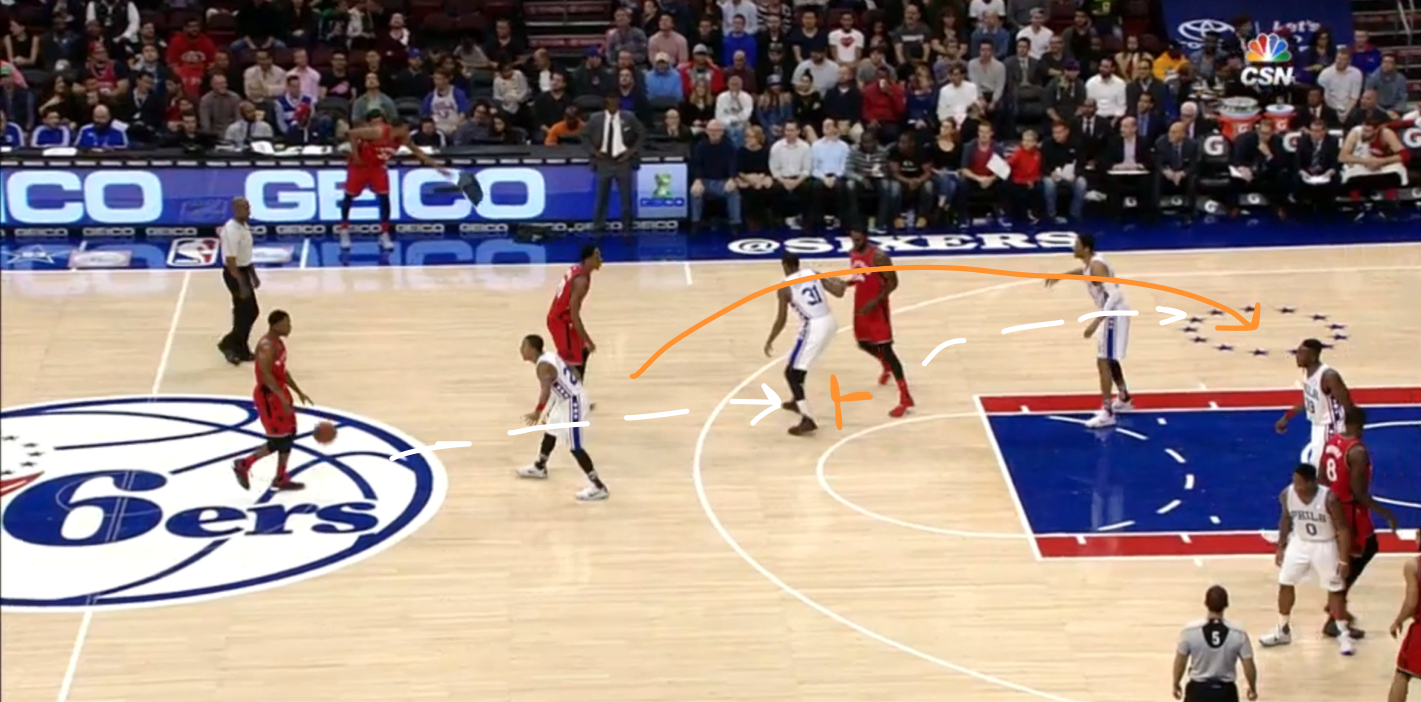
Conclusion
Dwane Casey and the Raptors have built an offense that plays to their personnel’s strengths, however weird and unique they may be. None of the sets discussed are complicated masterpieces, but plays don’t *need* to be intricate 5-man interactions that take 15 seconds to set up. The Raptors know what their strengths are and for DeMar, those strengths are attacking defenders in vulnerable positions. Whether that is executed through a bully-ball post up on the block against a mismatch or not, it’s important to note that the Raptors can get the shots that they want every single night because of simple plays that let their talent go to work.
Footnotes
¹ : Over 300 pick and roll plays registered to qualify

